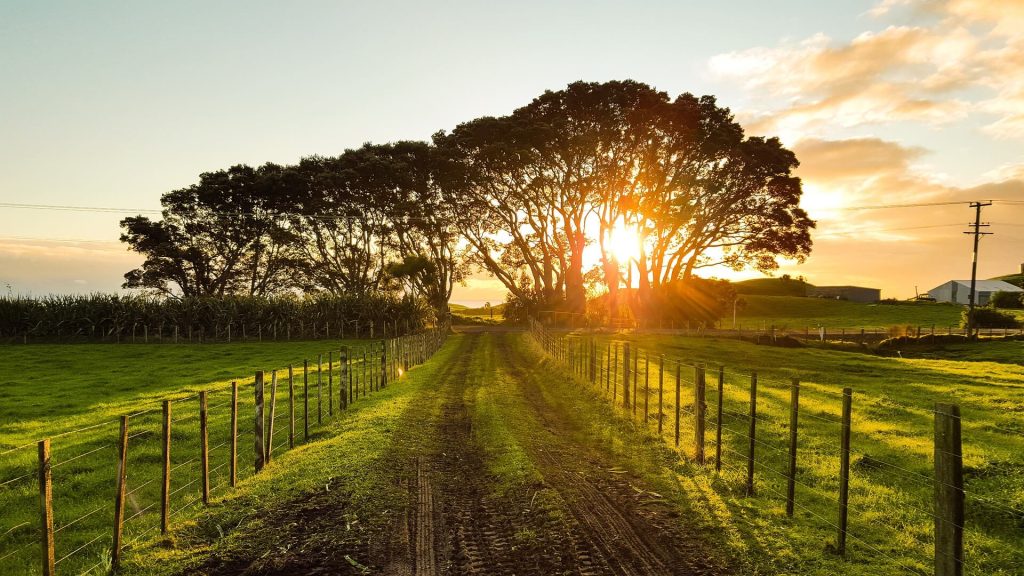Magazine
Do You Thrive To Learn More About How To Achieve Greater Business Success?
Sign up to our magazine designed specifically for Australian business leaders.
You are here: Home » Blog » Farm Advisory » A Visit to the Station

Published on 23 October 2017
by Simon Strawbridge
Categories: Farm Advisory, Business
I was invited to visit with one of our long standing station clients last week, ostensibly to start the process on how and when to hand on the station business to the next generation. For our client, they had been mulling over this dilemma for quite some time and they were unsure on what steps they needed to take to achieve what they wanted. Now this was the first station in the Pilbara that I have visited and I was very grateful for the opportunity.
After a 90-minute flight from Perth I was met at the airport and so began a 2 ½ hour car journey to their home and centre of business operations.
It didn’t take long to get off the bitumen and onto their unsealed driveway, a journey ahead of 130 kilometres through the red landscape of the Pilbara. The scenery was amazing, the red dirt with pockets of shrubs and tree lined creeks with a backdrop of ranges and hills. As I was chatting and taking in the landscape I couldn’t help wondering how cattle survived out here, what were they eating?
When we arrived at the homestead it felt like an oasis in a desert of red dirt, I was greeted with lush green lawn surrounding the homestead and outbuildings, it was late in the day and we had kangaroos and birds around the home windmill. I was feeling very privileged to witness this setting and grateful for the invitation to visit the station and discover a bit more about living and working on a cattle station.
I wasn’t just here for the sightseeing however. The family wanted some advice and assistance with planning the handover of the station to the next generation and my role was to listen and act as a sounding board – my job was to work with the owner to draw up a plan that would work and ensure that their successful rural business would continue to the next generation.
We spent most of the next day going through my planning template, including their business structure, highlighting the strengths and opportunities and identifying weakness and threats, drawing up what I call a situation analysis and then considering the best way to hand the station down and when to think about doing it. In their kitchen, surrounded by my paper slides, we thrashed out a rough plan that looked like it would work and provide a clear pathway to follow in achieving their primary goal, which was the successful transition of the business to the next generation of family members.
When I run these sessions I always walk away with more insight and knowledge myself and in this case I took away a quote from “Dad” who told me at the end of the day, after driving me around and checking a few of the station waterholes, “I don’t own the station, the station owns me”. As I returned to Perth the next day I reflected on this statement and their lifetime commitment to running a business in a remote location, the isolation that goes with it and the fact they made a lot of sacrifices along the way to ensure the significant family asset they owned on paper, is in reality, an asset they are safeguarding for future generations. To provide some assistance in this process made me feel pretty good.
I am now writing the final report on our meeting and I’ll present that to them next week when they make a visit to Perth. I expect they’ll be happy with it, most of it was their input and it provides them with a tangible pathway in writing. I’ll continue to work with the family on the next step, which is communicating the plan to family and assisting with the implementation. I am looking forward to it!
Do You Thrive To Learn More About How To Achieve Greater Business Success?
Sign up to our magazine designed specifically for Australian business leaders.